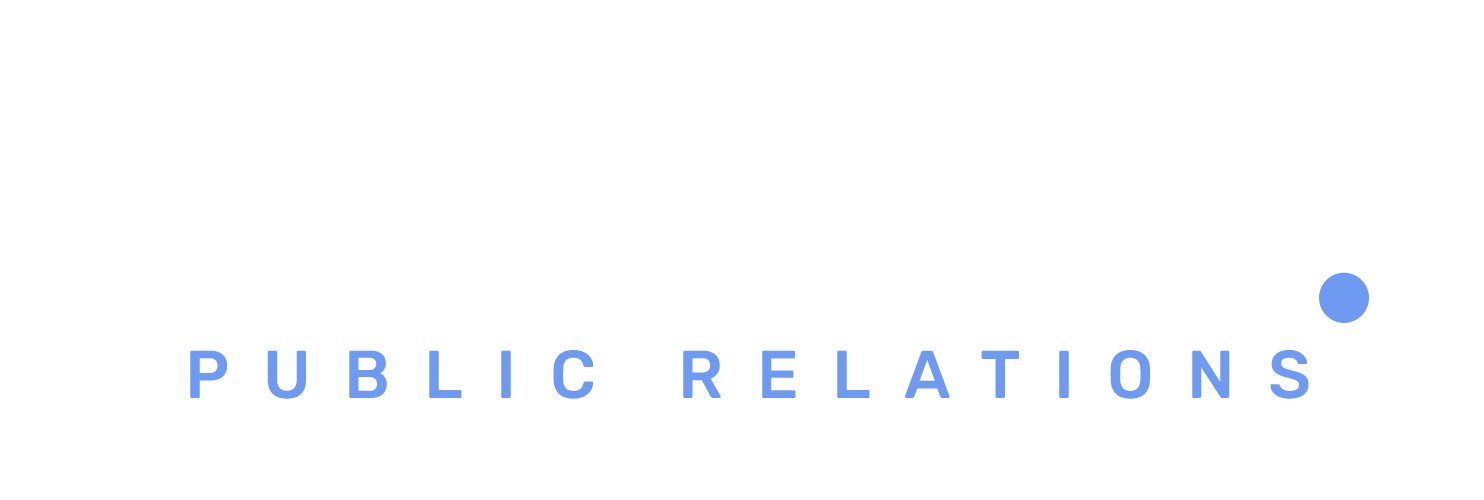Here are five key tips for effective health insurance digital marketing:
1. Focus on Educational Content and Resources
Health insurance can be complicated, and many consumers struggle to understand the nuances of various plans, coverage options, and costs. By providing educational content, you can help potential customers navigate the complexities of health insurance.
Develop blog posts, infographics, videos, and webinars that simplify topics like how to choose the right health insurance plan, the benefits of preventive care, understanding deductibles and premiums, or the differences between PPO and HMO plans. This content not only builds trust but also positions your brand as an authority in the healthcare space. Offering free resources or insurance guides also helps to build a relationship with potential customers before they even make a purchase decision.
Additionally, creating FAQs or “myth-busting” articles can address common misconceptions or concerns about health insurance, helping to guide customers through what can be a confusing process.
2. Leverage Social Media for Engagement and Awareness
Social media platforms such as Facebook, Instagram, Twitter, and LinkedIn are essential tools for building brand awareness, engaging with customers, and promoting health insurance offerings. Social media provides a direct line of communication with your audience and can help foster trust through transparent and valuable information.
Use social media to post about health tips, updates on policy changes, preventive health practices, and relevant news about health insurance. Additionally, you can run targeted ad campaigns based on demographics, location, and interests. For example, you could target younger consumers with health insurance content that focuses on affordability or wellness, or older individuals with messages that address retirement planning or family health insurance.
Social media also enables you to host live Q&A sessions or webinars where you can answer questions about health insurance in real-time, providing personalized support to your audience.
3. Use Personalized Marketing to Address Specific Needs
Health insurance needs are highly individualized, and one-size-fits-all marketing approaches are no longer effective. Use customer data and segmentation to create personalized marketing campaigns that speak to the unique needs of different groups, whether they are young professionals, families, seniors, or people with specific medical conditions.
For example, an insurer might create a campaign targeting families with young children, highlighting the benefits of pediatric care and child-focused health insurance plans. Similarly, a campaign targeting retirees might emphasize coverage options for chronic conditions or preventive services tailored to older adults.
Personalization can extend to email campaigns, where you can send tailored recommendations, policy updates, and reminders to renew coverage based on the customer’s specific health needs, life stage, or preferences. By using personalized content, you demonstrate that you understand the diverse needs of your audience, leading to better engagement and conversion rates.
4. Invest in Paid Search and SEO Strategies
When people need health insurance, they often start by searching for options online. To ensure your brand appears when potential customers are searching for health insurance, invest in search engine optimization (SEO) and paid search (PPC) strategies.
Optimize your website and content for keywords related to health insurance, such as “affordable health insurance,” “best health plans for families,” or “individual health insurance plans.” This will increase the chances of your site ranking higher in search engine results pages (SERPs). High-quality, informative content will also help your website become a go-to resource for health insurance information, further boosting SEO.
In addition to organic SEO efforts, running targeted paid search campaigns on platforms like Google Ads can help you capture immediate attention from individuals actively searching for health insurance options. Paid search ads allow you to appear at the top of search results and ensure your offerings are visible to people who are ready to make a decision.
5. Enhance Customer Support with AI and Chatbots
Health insurance is often a complex and overwhelming subject for many consumers. To improve customer service and provide quick, efficient support, integrating AI-powered chatbots into your website and mobile apps is a game-changer.
Chatbots can answer basic queries 24/7, such as explaining policy details, offering plan recommendations, or helping customers check eligibility for coverage. Additionally, chatbots can collect customer information, making it easier for human agents to follow up with more personalized support.
Offering instant support through AI-powered tools can dramatically enhance the customer experience, increase engagement, and streamline the decision-making process. This can be especially beneficial during times when human agents are unavailable, such as outside business hours or during peak periods.
In conclusion, health insurance digital marketing is all about making the experience simpler, more personalized, and more accessible. By focusing on educational content, using social media to engage and inform, personalizing marketing efforts, investing in SEO and paid search, and improving customer service with AI tools, health insurance providers can effectively connect with customers and guide them toward the right coverage. With the right approach, digital marketing can not only help insurance companies grow but also make health insurance more approachable for consumers.

















